By: Deepak Syal
The agenda of our first management meeting in 2021 was ‘How can we innovate to thrive this year?’ We were clear that if we continue to do the same thing we did last year, there is no way we can bring any change in our growth.
COVID-19 pushed all of us to innovate at an even higher pace and showed that companies and people can adapt. Even though our business was not affected by COVID, we could see that the companies around us were still innovating. Our virtual boardroom (over zoom connect) was buzzing with the ideas coming from all directions:
- We can offer one more service to the client
- We can offer clients new software
- We can ask clients to sign a one year contract with us with reduced cost, etc.
However, I felt most of the ideas were missing something. Somehow they all were focused on ‘what more we can do.’ I felt this is not a great point from where ideas should originate. You cannot do everything and even if you can do, it does not mean you will become more attractive to your clients.
As expected, our discussion ended with a lot of ideas.
That night I was still not clear why those ideas were bugging me. Why my brain was not accepting them.
I was browsing through my Youtube stream and I came across a video from Guy Kawasaki on art of innovation. The video brought back so many memories as I remember during the early days of forming the company, I was so fascinated with innovation that I had watched all the talks of Guy Kawasaki. I think at that time theoretically these concepts appealed a lot, but it is difficult to apply them if you had not yet faced problems like:
- How to differentiate yourself from competition
- How to stand out when the market is getting commoditized
- How to keep people motivated within the company
- What to do when a client says that your competitor is charging half your price, etc.
Innovation is a topic so close to my heart, I picked up my notebook and started preparing notes again while watching this video after 10 years. I thought I should share my notes with all of you as well. Let’s start with the 10 main points:
- Make meaning, not money
- Make a mantra, not mission
- Jump to the next curve
- Roll the dice
- Don’t worry, be crappy
- Let 100 flowers bloom
- Polarize people
- Churn baby, churn
- Niche Thyself
- Don’t let the bozos grind you down
Make Meaning, Not Money
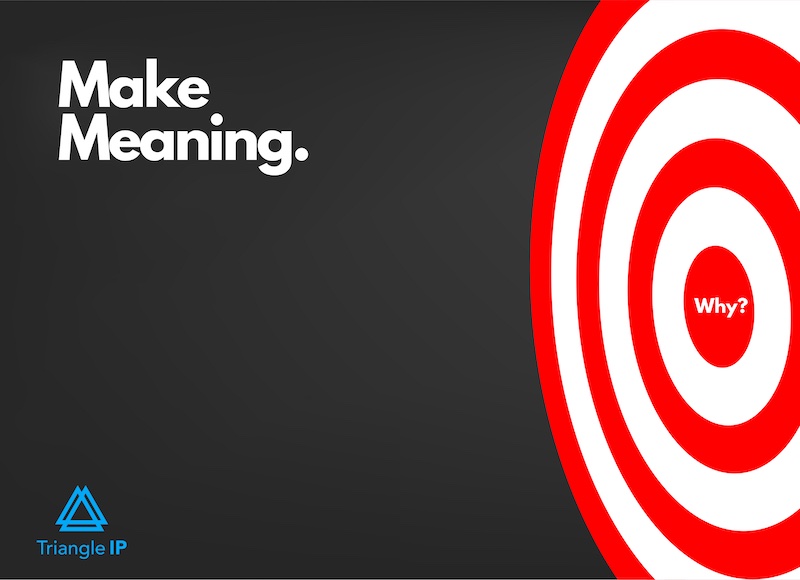
Innovation is about offering value and changing the world. If you innovate to bring a difference in people’s lives, the money will follow eventually. But money shouldn’t be your first agenda.
I realized that this is why all the ideas that we noted in our discussion were missing something. They were not designed keeping in mind how we are going to bring a difference in our client’s life. I changed the idea of merely offering a software tool to our clients to offering a tool that saves him an hour every day. When I shared this modified version in our next zoom meeting, everybody said ‘yes, this is what all our clients would want.’
 What Must You Do When Creating a Virtual Innovation Lab?
What Must You Do When Creating a Virtual Innovation Lab?
Adopt a platform, provide experienced mentors, connect teams prior to events (and afterwards), and more. Find out other tips about creating your own virtual innovation lab by downloading this infographic.
Download Here
Make A Mantra, Not Mission

But why the meaning, you may ask?
Because according to Guy, your meaning leads to a mantra. And the mantra is the crux of the difference you want to make. Chuck your 50-word mission statement. Stick to a 2-3 word mantra that represents your aim of the innovation. I realized that if we can narrow down our vision to 2-3 words, this can make our path more clear.
Guy gave an example where he says to learn from FedEx: ‘Peace of mind’ whenever and wherever you go because FedEx is at your service.
Isn’t it instantly clear from the mantra the difference FedEx is making to people’s lives? If you have so many ideas from your team, having a mantra makes prioritizing them so easy. The ideas can just quickly vanish if not captured. Hence every company must have an idea management platform to capture and manage ideas before they are lost. There are many other benefits of having an idea management platform.
Jump To The Next Curve
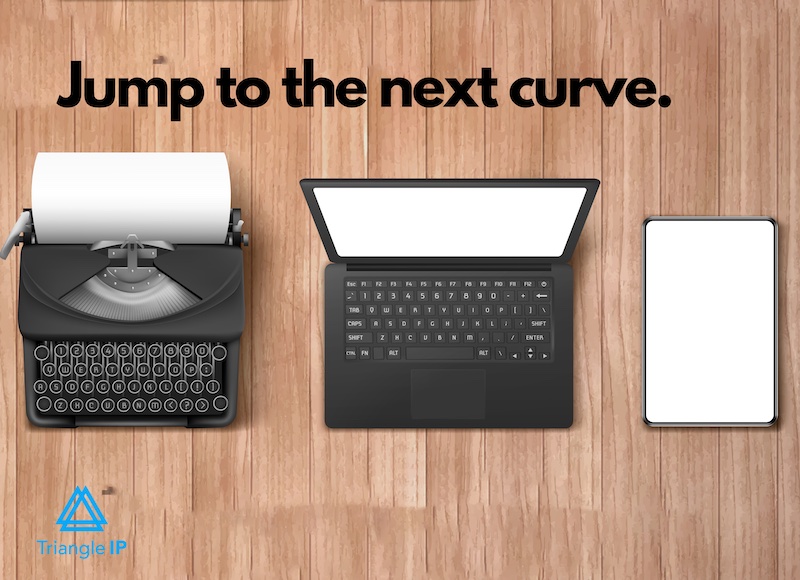
Don’t stick to achieving 10% better from your current innovation. Create something new instead of continuously working on the existing product. Don’t limit yourself and stick to the same curve. Move to the next one.
I love the example given by Guy here where he talked about the how the ice business moved from one innovation to another:
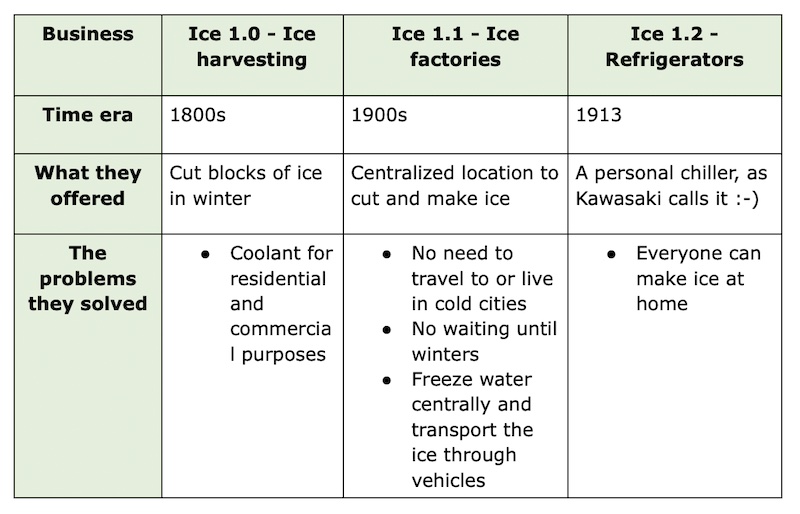
Did you notice how all of these curves were aimed at helping people with keeping their food fresh but the innovations were so different. And the irony of the fact is, none of the ice factory businesses ever harvested ice earlier. The people who ran the refrigerator companies neither harvested ice nor owned the big ice factories.
This leads to: don’t define your idea by what you offer but the value you add in people’s lives with your offering.
Roll The DICEE
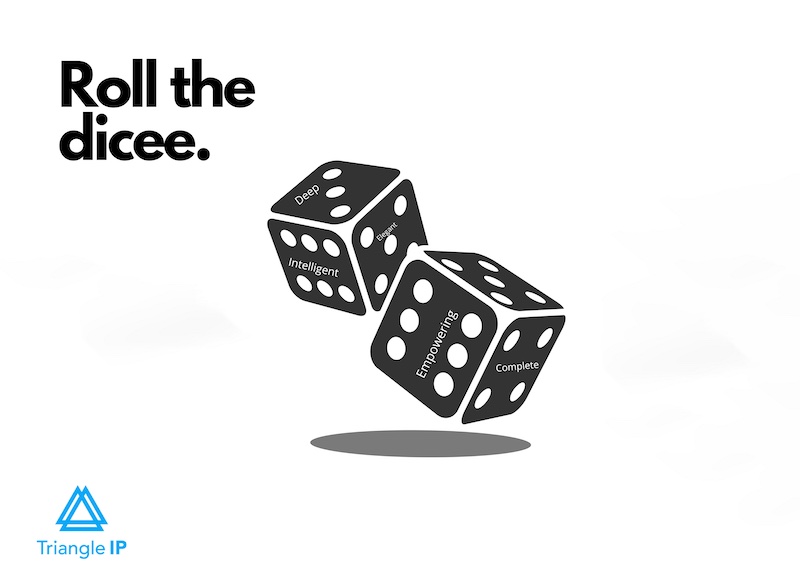
Guy says a great innovation is deep, intelligent, complete, empowering, and elegant. DICEE!
- Deep – The features and functionalities of great innovation are deep.
- Intelligent – At the same time, great innovation is intelligent. Ford’s MyKey can control the top speed of the car through the key. Quite smart!
- Complete – You can differentiate great products from mediocre by their totality, their completeness.
- Empowering – Innovations that enhance your life and way of working are empowering products. They have the capability to change your life.
- Elegance – An innovation offers a great design and user experience.
We made sure that we are not building something new which is not complete or which will not make our client empowered. I would suggest this to everyone that before you implement a new idea, ask yourself, are you rolling the DICEE?
Don’t Worry, Be Crappy

Don’t wait for perfection when you innovate. A valuable innovation can have elements of crappiness, Guy suggests.
So, don’t worry about the flaws. Instead, ship your innovation with revolutionary outcomes. If it’s on the next curve, elements of crappiness don’t matter.
Guy shares an excellent example where he tells a story of John Logie Baird who introduced the first TV set in 1926, it wasn’t a flat-screen, and rightfully so. The set was a mechanical version to transmit pictures without a film. The images were of low quality, but the invention paved the way for electronic TV.
Had Braid worried too much about the existing flaws, he wouldn’t have been voted the second most famous Scottish scientist.
What we did was shortlist a few ideas that we were not sure how they are going to perform. So we decided to create a small mock-up rather than full development and share it with some of our clients. We thought of making our clients as advisors. After all, people love advising people.
Let 100 Flowers Blossom
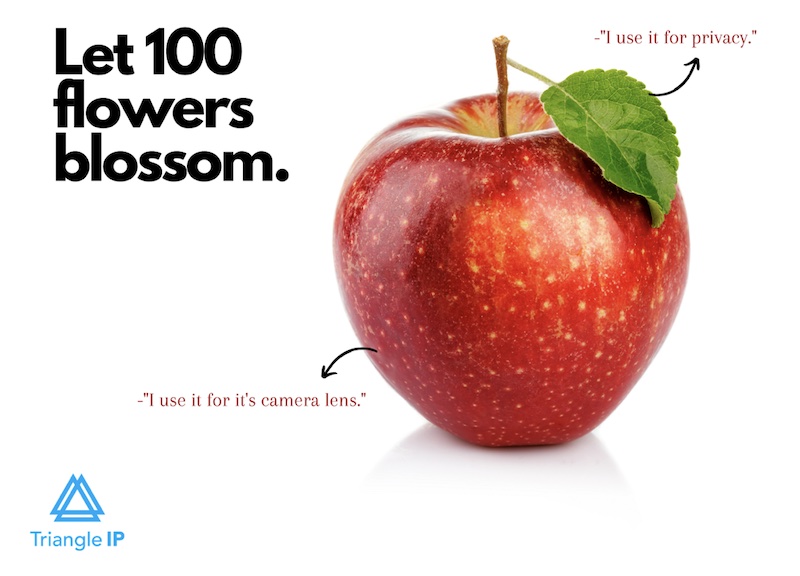
Your product may solve a particular problem. And you may have a specific audience in mind. Later, your product could be used & perceived in a new way by people you had never thought of.
When Apple launched Macintosh, they aimed it as offering database, word processing, and spreadsheet. But Macintosh became synonymous with desktop publishing.
The positioning of your innovation ultimately comes down to what consumers decide. But don’t worry about that. Allow a hundred flowers to bloom from one seed and cherish a garden.
Do you remember I talked about the tool that can save one hour of client every day. When we offered it to a few clients as a test, we observed that they started saving their notes in that tool. In the next few weeks we found that the tool became their knowledge management system. We never anticipated it that way.
Polarize People

Be ready to polarize people with your innovations. Who says a great innovation doesn’t have critics? Your innovation might make only a small segment of people happy.
Apple is a typical example. Those who don’t use an iPhone criticize it for its cost and niche features. But only an apple user has the heart to shell out what they pay for.
So, don’t worry if your innovation draws negative attention. Worry if people are indifferent about it.
Churn Baby, Churn
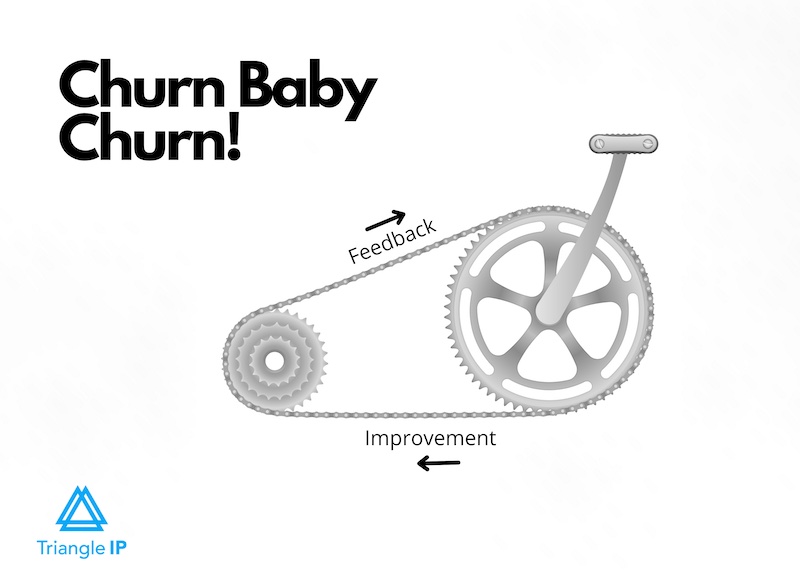
When you ship your product with a bit of crappiness, you have a scope to improve. Make new versions of your innovation, and then create another better version. Keep evolving to make a great product.
“Innovation is not an event; it’s a process,” quotes Kawasaki.
Facebook didn’t become the most loved social media platform on its first day. With time it evolved and became what it is today. After all, Rome was not built in a day.
This part really helped because some of our ideas really didn’t work out with the first few clients. But rather than getting demotivated we continued to note down the points why they didn’t resonate with the clients and continue to make changes. The above learning really helped that innovation is a process.
Niche Thyself

A great product is both valuable and unique. If your innovation is missing any of these, it might fall into the trope of mediocrity.
When you think of great innovation, think of a 2X2 matrix similar to Gartner’s Magic Quadrants. All products race to move to the top right box. That’s your spot if you innovate the right way.
Breitling is a pioneer in making emergency watches, which save the lives of aviators and sailors. These watches transmit emergency signals in SOS situations.
Bottom line? Even if your product is serving one purpose, it should be unique and valuable.
Don’t Let The Bozos Grind You Down
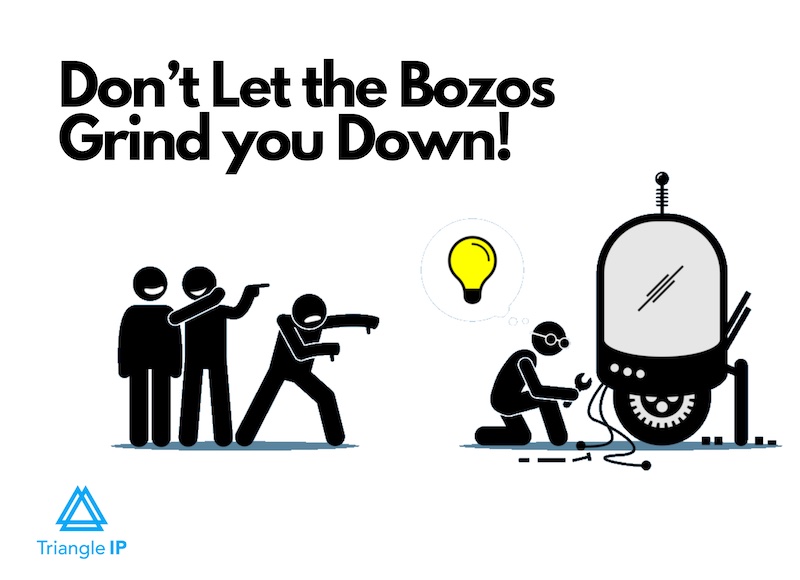
Naysayers will interrupt and criticize. Don’t let bozos bog down your spirits.
Bozos are either the losers themselves or the rich and famous people you might perceive as correct in negating your meaning and mantra. They are still stuck in their curves and don’t appreciate the next curve you are standing at.
And here is your bonus tip Guy Kawasaki advises every innovator.
Perfect your Pitch
After your innovation, the challenge of pitching your product looms around. Guy suggests following the 10-20-30 rule of pitching.
Have 10 slides to proposition your product. Explain these slides in 20 minutes and use 30 points fonts. With these fonts and 10 slides, you are bound to explain your innovation succinctly—need of the time.
Now that you know the art of pitching customize your introduction. Own your audience by touching a chord with them.
Conclusion
We all have great ideas but I realized that there is an art to innovation. I found these 10 pointers really simple and crisp. Therefore I would recommend it to all entrepreneurs or product owners who are responsible for innovation.
If you have any questions that you would like to ask me personally, you can reach out to me on d@triangleip.com.
About the Author
Deepak Syal, IAM Top 300 Patent Strategist, Singapore Entrepreneur of the Year, Edison award, Red Herring Top 100, Co-Founder at TriangleIP.
Featured image via Pixabay


